They creep, they crawl, and yes, they stink! Stink bugs, despite their rather unpleasant aroma, inescapably belong to the intricate web of our ecosystem. You’ve likely come across them at some point and wondered, “Who or what on earth would ever choose to eat these foul-smelling creatures?” Well, believe it or not, several critters aren’t put off by the powerful scent of these bugs.
Let’s embark on a fascinating journey to discover the surprising variety of animals that include stink bugs on their menu and explore how these relationships impact our environment and pest control strategies.
POINTS
- Various animals are known to eat stink bugs, including birds, bats, spiders, assassin bugs, mantises, rodents, parasitic wasps, damsel bugs, lacewings, ants, predatory beetles, big-eyed bugs, minute pirate bugs, predatory stink bugs, and amphibians (such as frogs and toads).
- Despite stink bugs’ infamous foul odor, these creatures fall prey to a variety of creatures. This smell, serving as a defense mechanism, unsurprisingly discourages certain predators.
- Predatory insects such as spiders, assassin bugs, and predatory stink bugs are not deterred by the stink bug’s defensive mechanisms and actively predate on them. Other animals like rodents or small mammals can also consume stink bugs, providing an additional natural control of stink bug populations.
- The abundance and type of predators that a stink bug encounters can vary greatly depending on their geographical location. Local climate, ecosystem, and stink bug population level can all influence what predators are present.
- Predators play a crucial role in controlling stink bug populations. However, their effectiveness depends on factors like predator abundance, the availability of other prey types, and how successfully stink bugs defend themselves. Despite their efforts, human intervention, natural diseases, and harsh weather also contribute significantly to controlling stink bug populations.
What Types of Animals Are Known to Eat Stink Bugs?
What is the significance of understanding the predators of stink bugs?
Well, comprehending the predator-prey relationships in our ecosystem is crucial to keeping checks and balances in place and managing pest populations naturally. This insight can also prove valuable in finding non-chemical solutions for pest control around our homes and gardens.
Do stink bugs have natural predators that affect their population?
Indeed, despite their stinky reputation, stink bugs do have natural predators. These predators play pivotal roles in controlling the stink bug population, even though the impact might not always be significant.
What eats stink bugs?
This is list of animals that feast on stink bugs and we have compiled them for you:
- Birds
- Bats
- Spiders
- Assassin bugs
- Mantises
- Rodents
- Parasitic Wasps
- Damsel bugs
- Lacewings
- Ants
- Predatory Beetles
- Big-eyed bugs
- Minute pirate bugs
- Predatory stink bugs
- Amphibians (such as frogs and toads)
Understanding these relationships can shift our perspective about these often-unappreciated predators. Despite their own reputations as pests or feared creatures, they do help keep the stink bug population at bay.
Do Birds Eat Stink Bugs?
In the wonderful world of birds, many species have their own unique diets. Among these varied diets, some birds have a particular penchant for feasting on insects, including the notorious stink bugs. Let’s delve into the specifics of which birds consider these pungent pests part of their menu.
What birds are known to eat stink bugs?

Many bird species, including robins, bluebirds, cardinals, wrens and swallows are known to gulp down stink bugs. They have a diverse diet and are opportunistic eaters, which means they won’t pass up a stink bug if the chance arises.
Do owls eat stink bugs?
Yes, owls eat stink bugs too. Their superior night vision makes them efficient at finding and catching nocturnal bugs like the stink bug.
Are certain birds more likely to eat stink bugs than others?
Birds that forage on the ground or among trees and shrubs, where stink bugs are often found, are logically more likely to cross paths with these pungent critters. However, each bird’s personal experience and taste preferences also play a big part.
Do Bats Consume Stink Bugs?
Bats are integral to many environments around the world, but are they instrumental in controlling stink bug populations? Let’s find out.
Do bats eat stink bugs?

Yes, bats, with their insect-heavy diets, are known to consume stink bugs.
What types of bats are known to eat stink bugs?
Insectivorous bats, which thrive on an insect diet, are the types most likely to partake in a stink bug feast. However, just like with birds, the individual bat’s dietary preferences and past experiences influence whether it will eat a stink bug.
Do Spiders Eat Stink Bugs?
While spiders may often play the villain in horror movies and haunted houses, they could well be our saviors in the battle against stink bugs. Let’s explore their relationship a bit further.
Do spiders eat stink bugs?

Yes, many types of spiders do, indeed, eat stink bugs. They aren’t deterred by the stink bug’s defensive scent and will opportunistically consume them if they can catch them.
Do wolf spiders eat stink bugs?
You bet they do! Wolf spiders are known to be a particularly common predator of the stink bug. These ground-dwelling hunters have a diverse diet of insects, stink bugs included.
What kind of spiders eat stink bugs?
Apart from wolf spiders, other types of spiders that include stink bugs in their diet are the bold jumping spider and orb-weaving spiders. Although spiders don’t typically go hunting specifically for stink bugs, they won’t reject a stink bug that gets caught in their web.
What insects or bugs eat spiders?
Although spiders are productive hunters, they are also on the menu for numerous insectivorous creatures. Examples include certain types of wasps, ants, and assassin bugs.
Can assassin bugs eat spiders?
Absolutely, assassin bugs are known to be opportunistic feeders and have an impressive hunting strategy that even allows them to take down and consume larger arachnids. This makes spiders, along with a variety of other insects, a part of their menu.
Are Arachnids and Insects Predators of Stink Bugs?
Are there other arachnids or insects that enjoy a stink bug snack? Let’s learn more about these stealthy predators.
Do assassin bugs eat stink bugs?
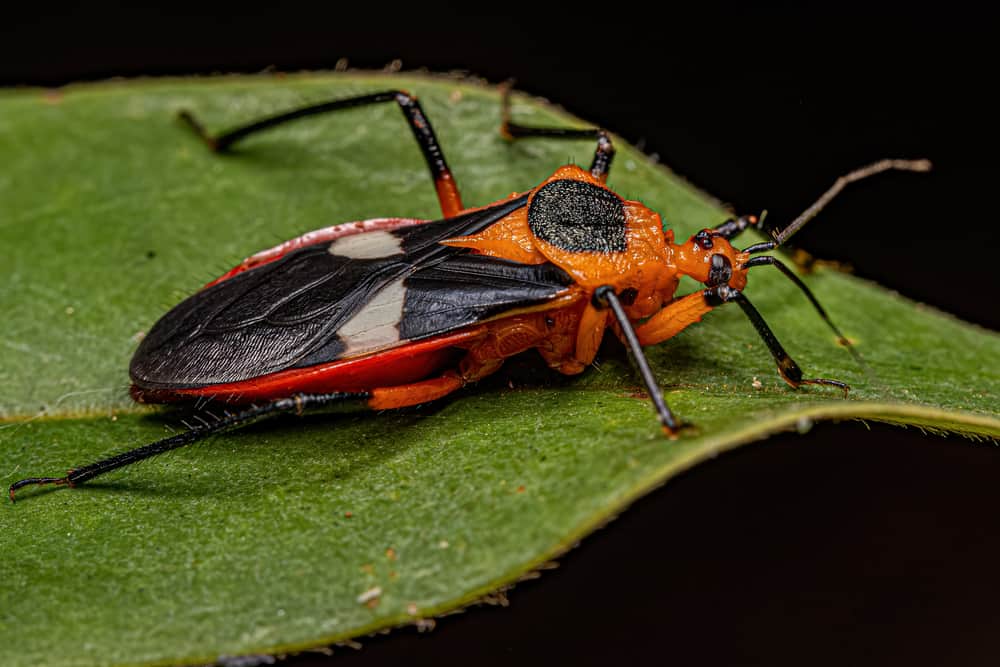
Yes, assassin bugs are indeed predators of stink bugs. They are named for their deadly hunting tactics – injecting potent venom into their prey. This venom not only kills, but also liquefies the insides of the prey, which the assassin bug then sucks out.
Do ants eat stink bugs?
Yes, fire ants in particular, are known to pack a punch and can take down a variety of insects, stink bugs, and their eggs included.
Do mantises eat stink bugs?
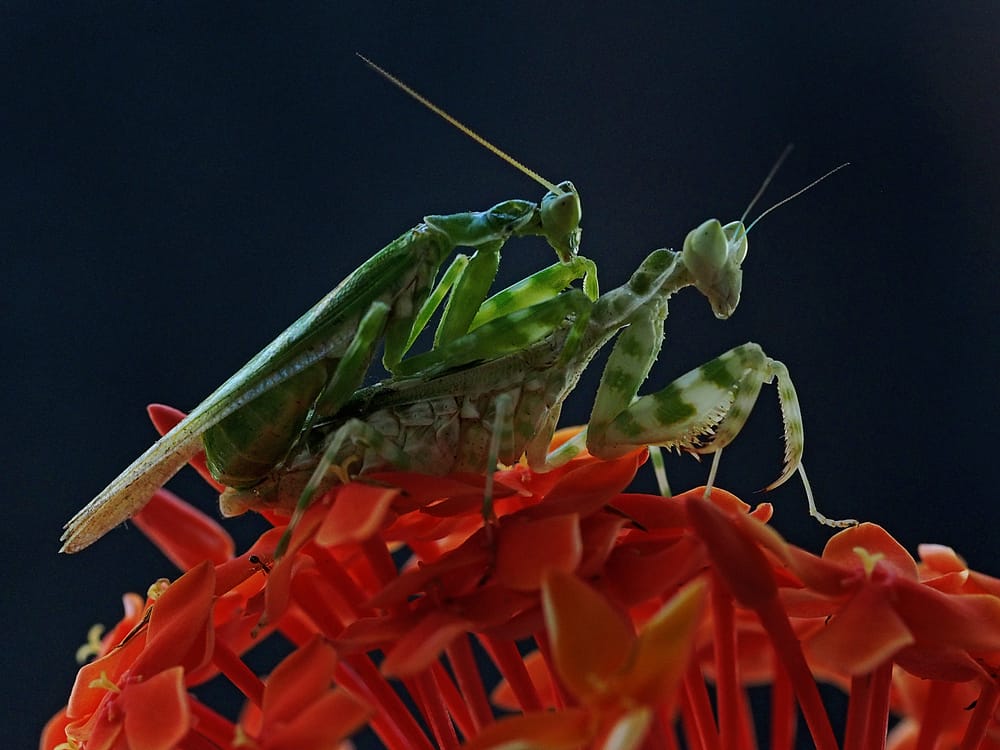
Absolutely! Mantises are versatile predators and aren’t picky eaters. If a stink bug crosses its path and is within its grasp, the mantis won’t hesitate to snack.
Do parasitic wasps eat stink bugs?
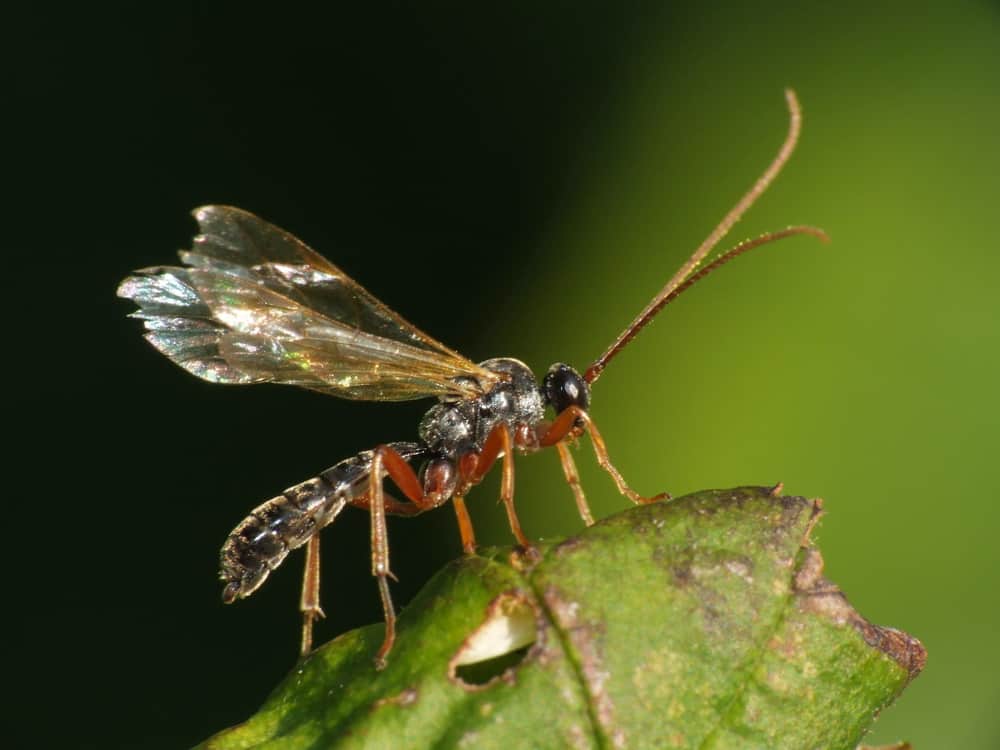
Parasitic wasps do not directly consume stink bugs, but their larvae do. Certain parasitic wasp species lay their eggs inside stink bug eggs. Once hatched, the wasp larvae feed on the developing stink bugs, effectively killing them before they have a chance to grow.
Do ladybugs eat stink bugs?
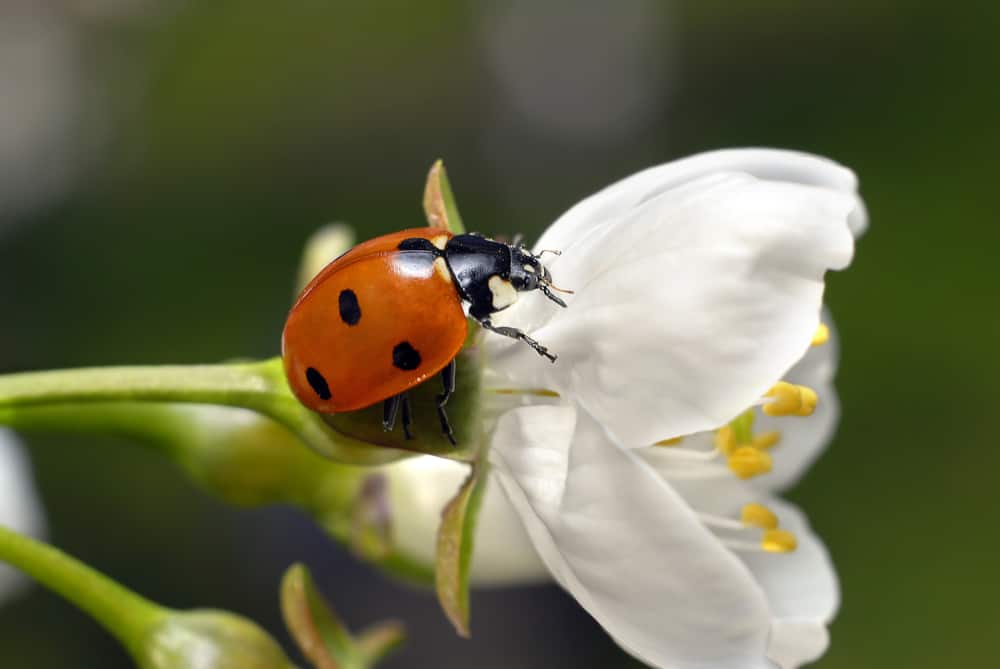
Yes, ladybugs are known to eat stink bug eggs and nymphs. This makes them beneficial allies in controlling the population of stink bugs in your garden.
Do damsel bugs eat stink bugs?
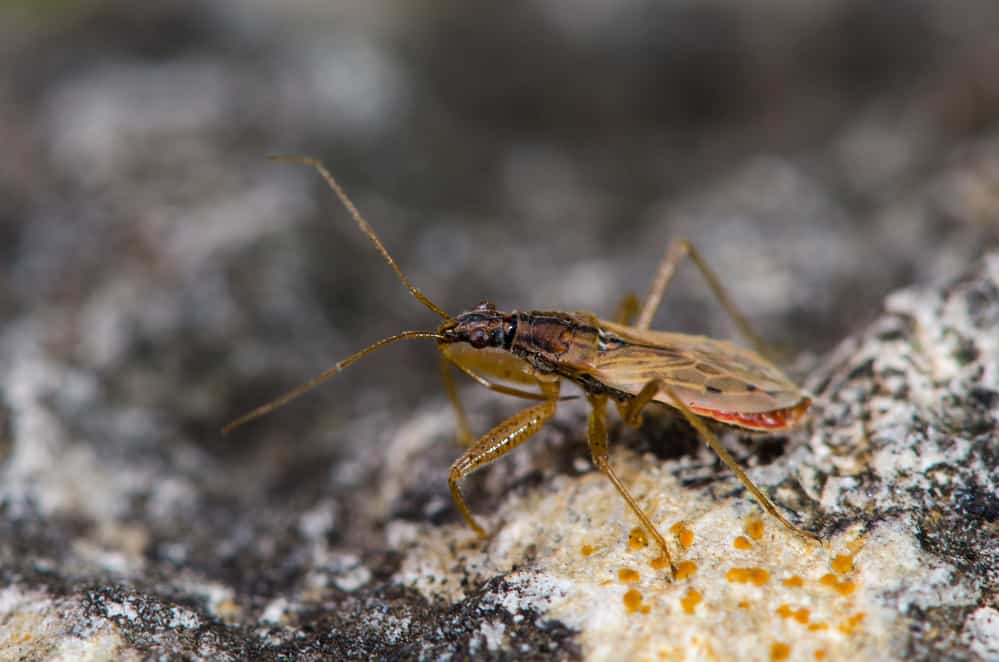
Yes, damsel bugs, which are quite effective general predators, will happily include stink bugs on their menu.
Do lacewings eat stink bugs?
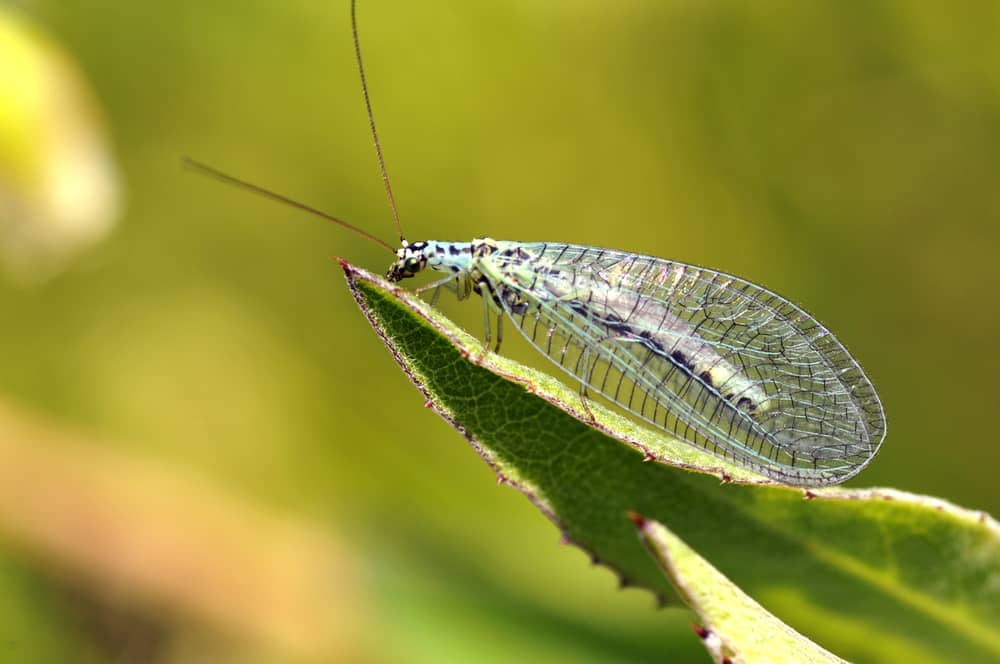
Similar to ladybugs, lacewings target the smaller life stages of stink bugs, like eggs and nymphs. They are a beneficial bug that can aid in pest control around your yard.
Can Rodents and Small Mammals Be Considered Stink Bug Predators?
While we often think of rodents as pests themselves, they can also play a role in pest control. But do rodents eat stink bugs? Let’s find out.
Do rodents like mice eat stink bugs?
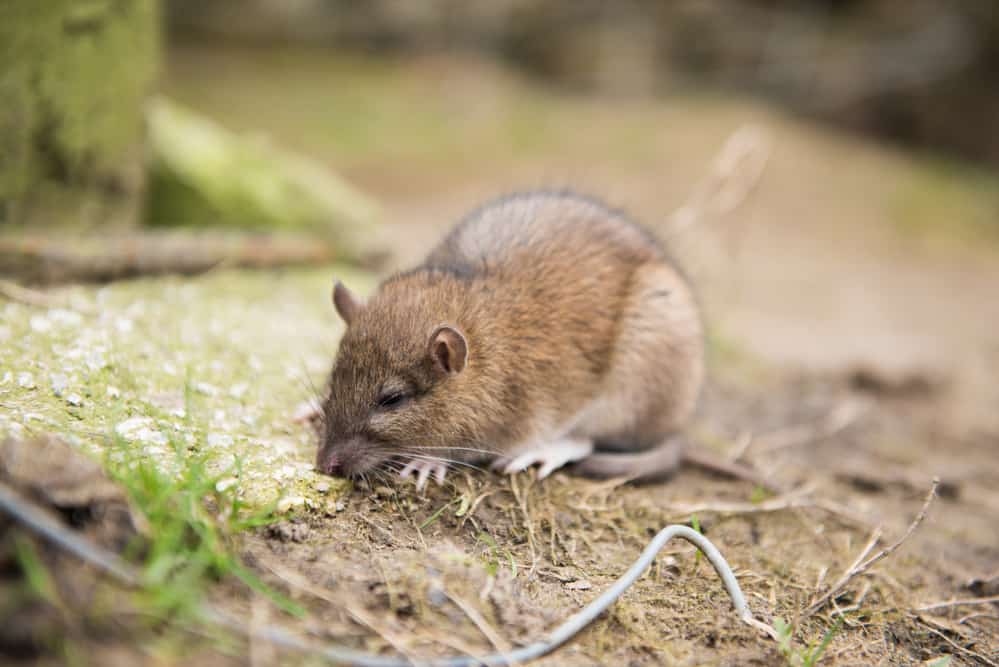
While it’s not a staple in their diet, some rodents, notably mice, have been known to eat stink bugs. This usually happens when their preferred food sources are scarce.
Are there other small mammals that consume stink bugs?
Yes, a variety of small mammals, including shrews and moles, have been known to eat stink bugs. These creatures are opportunistic feeders, and if they come across a stink bug, there’s a good chance they’ll eat it.
What About Other Insects That Are Predators Themselves?
Do predatory stink bugs eat other stink bugs?
While it might seem off-putting to us, predatory stink bugs are known to eat other stink bugs! Nature can be surprising at times, and this serves as a reminder that survival often trumps societal norms in the animal kingdom.
Do minute pirate bugs eat stink bugs?
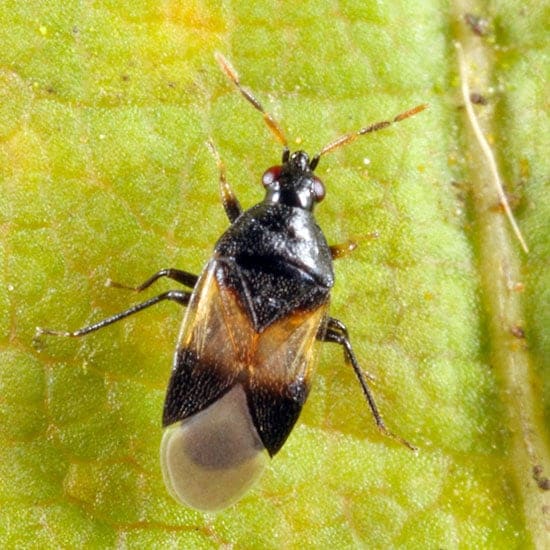
Minute pirate bugs are aggressive predators that will feast on a variety of insects, including stink bugs.
Do big-eyed bugs eat stink bugs?
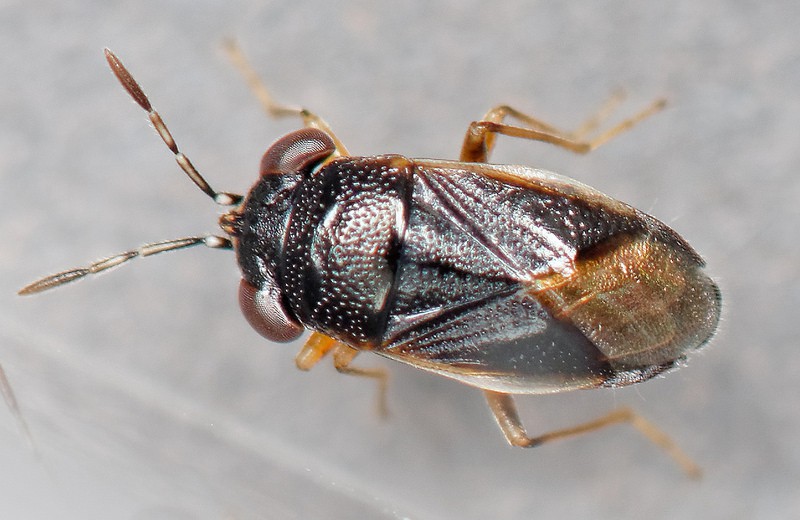
Big-eyed bugs are another general insect predator that doesn’t shy away from a stink bug meal if the opportunity presents itself.
Are there predatory beetles that eat stink bugs?
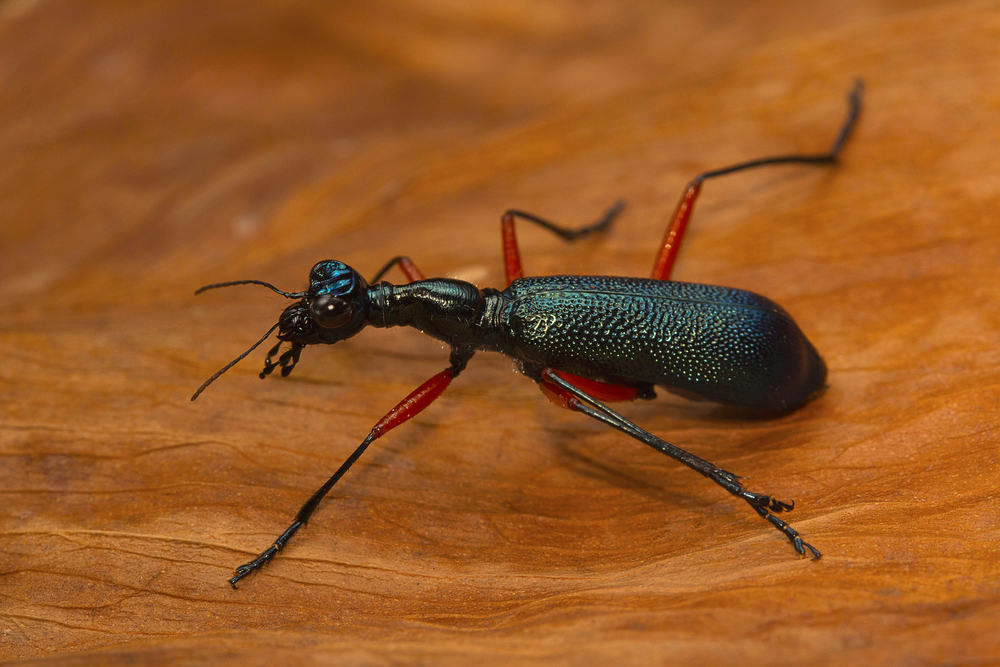
Yes, certain predatory beetles, such as soldier beetles and ground beetles, do eat stink bugs when they come across them. These beetles are beneficial for pest control, including management of the stink bug population.
Do Amphibians and Aquatic Animals Prey on Stink Bugs?
The circle of life extends from the terrestrial to the aquatic ecosystem. Where do stink bugs fit into the aquatic food chain? Are they on the menu for any amphibians or aquatic animals?
Do frogs and toads consume stink bugs?

Yes, absolutely. Frogs and toads are usually not picky eaters. If a stink bug happens to wander close enough to become a potential meal, a frog or toad will likely take advantage of the opportunity.
What kind of frogs eat stink bugs?
Most frogs that are large enough to tackle a stink bug will probably eat one if given the chance. This includes widespread species like the American bullfrog and the common green frog.
Do fish eat stink bugs?
Some fish have been known to prey on stink bugs, especially when they drop or get blown into the water. However, it’s important to note many fish find stink bugs to be an unpalatable meal.
What fishes can eat stink bugs?
Sunfish, bass, and other larger freshwater fish species may eat stink bugs if they get the chance, though they are not a preferred food source.
Are There Geographical Variations in Stink Bug Predators?
The variety of predators that a stink bug faces can depend on where in the world it lives. Let’s explore the geographical connections.
What eats stink bugs in America, and how does it differ from each state?
In America, all the predators we’ve discussed so far, such as birds, bats, spiders, and various insects and amphibians, can be found. The variety and abundance of these predators can vary by state, based on the local climate, ecosystem, and stink bug population level.
Are there different predators for American stink bugs?
Yes, though many predators are common across North America, there may be specific predators, such as certain bird species or spiders, that are unique to particular regions.
Are There Unusual or Unexpected Predators of Stink Bugs?
Nature is full of surprises, and sometimes predators come in unexpected forms.
Do lizards eat stink bugs?
Yes, lizards, like anoles and skinks, have a varied diet and will eat stink bugs if the opportunity allows.
What other animals can prey on stink bugs?
Aside from the spiders, mantises, rodents, and birds we’ve previously mentioned, there are some less typical predators of stink bugs. Exotic pets like tarantulas and even certain types of turtles will eat a stink bug if one happens to cross their paths.
While many animals are deterred by the strong, unpleasant taste and smell of stink bugs, pets figuring out their diets or exploring in a new environment might consume a stink bug out of curiosity or necessity.
How Do Stink Bugs Interact with Other Prey and Predators?
Stink bugs may be the prey for many, but sometimes they turn the tables and become predators themselves! They’ve been known to dine on an array of insects and plant-based substances, contributing to the complex web of interactions in their ecosystem.
Do stink bugs eat spiders or ants?
While it’s not a common occurrence, some stink bugs have been known to eat spiders or ants when other food sources, like plant matter, fruits, or smaller insects, are not available.
Do stink bugs eat ladybugs?
Typically, stink bugs are herbivores and prefer plant juices over other insects. But, certain types of predatory stink bugs may predate on other bugs, including ladybugs, if their preferred food is scarce.
What is a kudzu stink bug?
A kudzu stink bug is an insect native to India and China. It was first discovered in the United States in 2009 in Georgia. The bug is about 4 to 6 mm long and has a shield-shaped body that is olive green with brown speckles. It is also known as the bean plataspid, lablab bug, or globular stink bug.
Kudzu stink bugs are a notable pest because they reproduce quickly and feed on a variety of plants, including soybeans, other legumes and various ornamental plants, causing significant damage to crops. They are named after kudzu, a vine that they frequently associate with after its rampant growth across much of the southeastern US.
What eats kudzu stink bug?
Just like other stink bug species, kudzu stink bugs (Megacopta cribraria) are being preyed on the list of predators we’ve mentioned here. Despite their unpalatable smell, several insect-eating animals will consume them if given the opportunity.
What eats assassin bugs?
Just as assassin bugs are a threat to stink bugs, they too have their own enemies. Birds, spiders, and even some larger insects have been known to make a meal of assassin bugs.
If there’s a damsel bug in my house, is there a stink bug?
The presence of a damsel bug in your house doesn’t necessarily mean there are stink bugs around. Damsel bugs are generalist predators and eat a variety of small insects. However, if your home is a good environment for one type of bug, it could be inviting to others as well, stink bugs included.
Are Stink Bug Predators Effective in Controlling Their Populations?
The environment is a powerful regulator of species populations, and predators play a vital role in this system. But are they doing enough to control stink bug populations?
Are stink bugs significantly affected by their predators?
Stink bugs, like all organisms, are indeed affected by their predators. However, the specific impact depends on factors like predator abundance, the availability of other prey types, and how successful stink bugs are at defending themselves.
What natural defenses do stink bugs have against their predators?
What natural defenses do stink bugs have against their predators?
Stink bugs are more than just aromatic insects; they are strategic in their defense mechanisms. The most distinguishing one, as their name suggests, is the release of an unpleasant smell when they sense a threat.
This stench, courtesy of specific chemical compounds, is not just disliked for its odor but is also recognized for its terrible taste. This unique combination of smell and taste often discourages potential predators from making a meal out of them. It’s an effective deterrent, proving that sometimes, good defense is the best offense.
Certain species, like fish and birds, might initially snatch up a stink bug, lured by the prospect of nutritious prey. However, upon experiencing the strong taste, they often spit out the stink bug, swiftly learning to associate the odor with an unpleasant dining experience. It’s important to note, though, that reactions vary among individual animals, and previous encounters with stink bugs often influence their responses.
Are there predators that are not deterred by these defenses?
Yes, despite a stink bug’s formidable defenses, certain predators like parasitic wasps, assassin bugs, and even some types of birds and bats aren’t deterred by the foul odor and will still prey on stink bugs.
What kills stink bugs?
While predatory animals can kill and eat stink bugs, these creatures also face threats from natural disease, harsh weather, and human intervention (like pest control measures). Ultimately, it’s a combination of these factors that helps regulate stink bug populations.
Conclusion
Nature is perfectly equipped with a multitude of predators ready to prey on stink bugs. Ranging from the skies to the ground, from mammals to insects, the interconnected web of our ecosystem ensures stink bugs have numerous natural enemies. Knowledge of these predators can help us better understand and navigate the challenges of stink bug invasions. Remember, each creature, even the seemingly bothersome stink bug or the feared spider, plays a pivotal role in maintaining the delicate balance of our environments.



